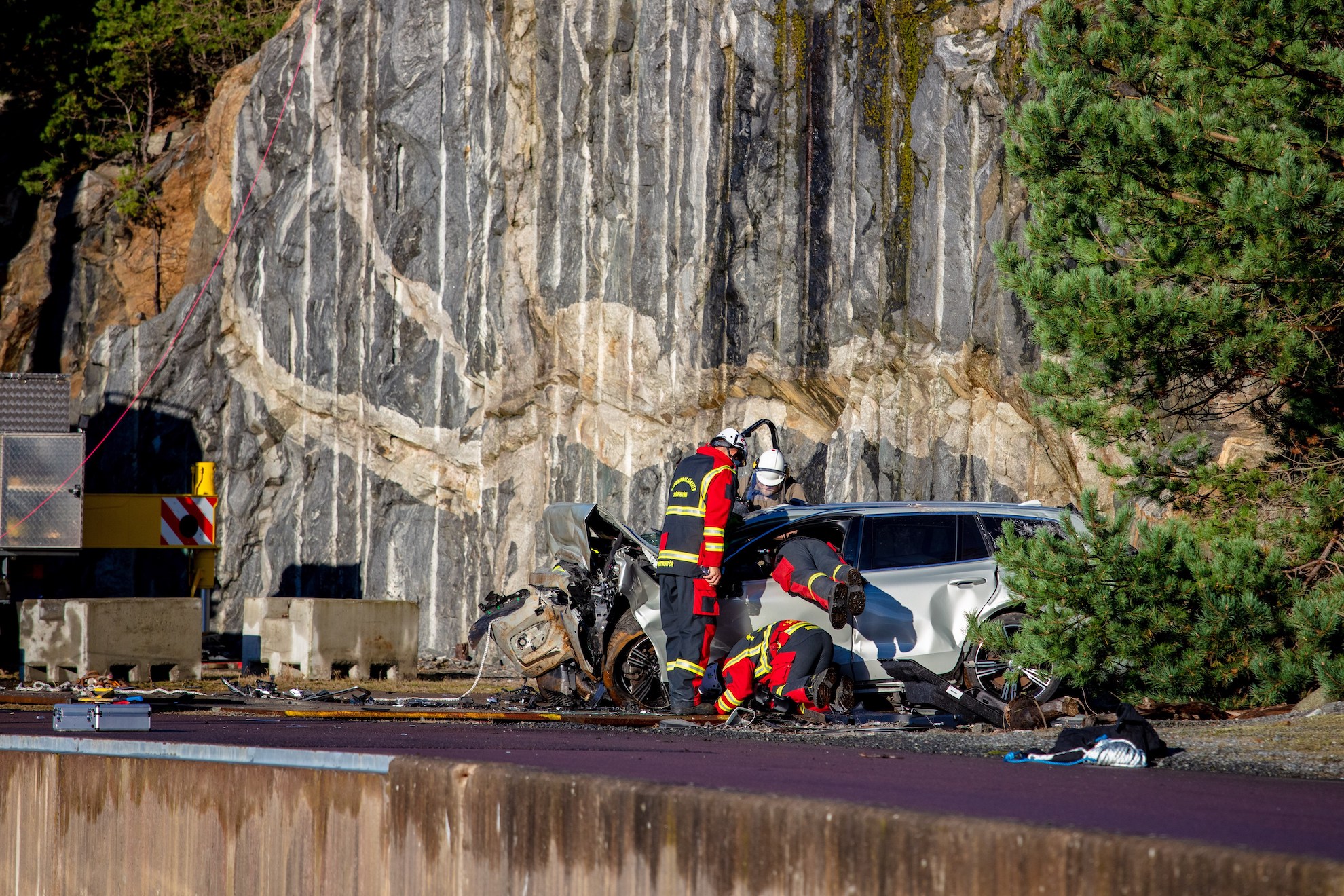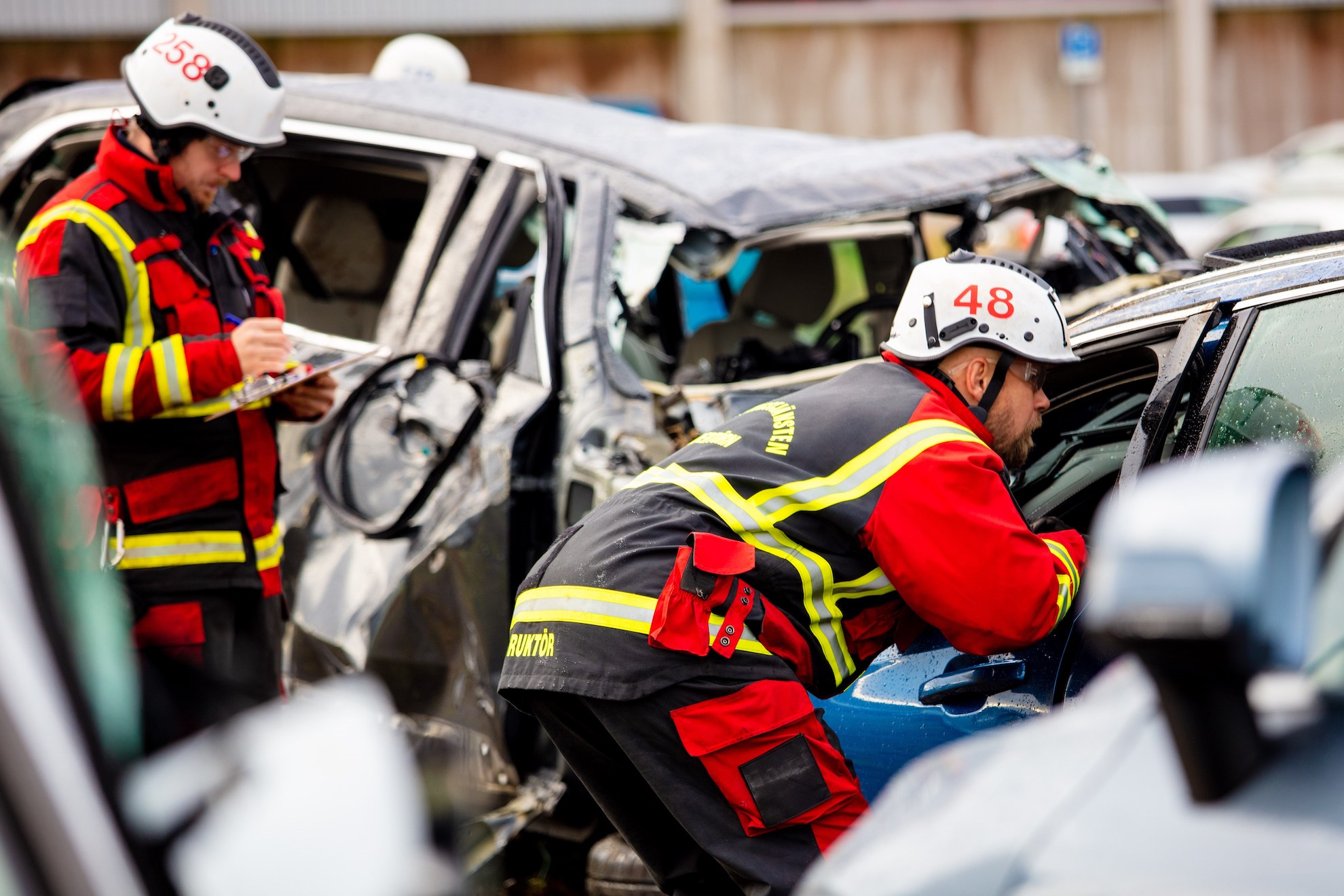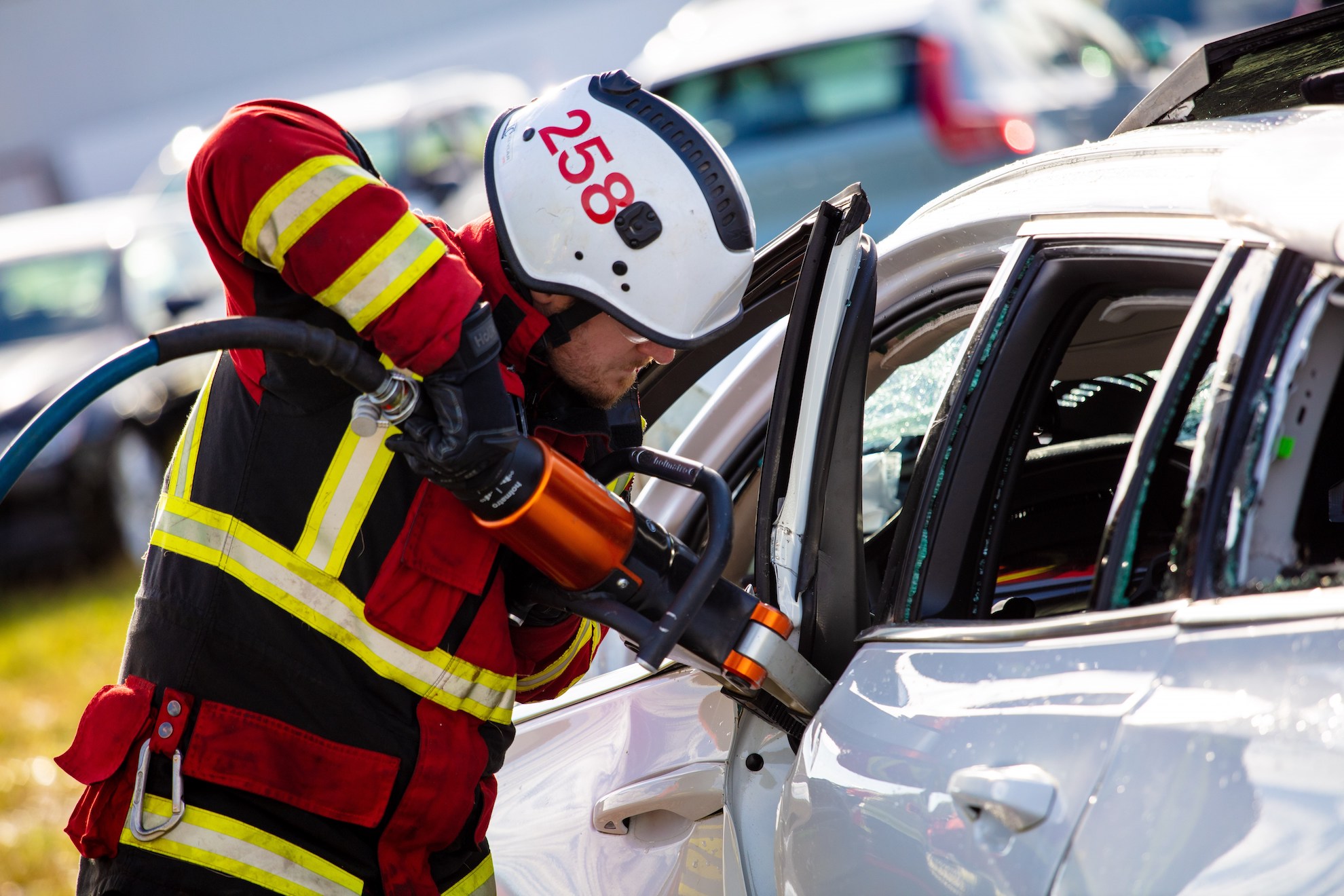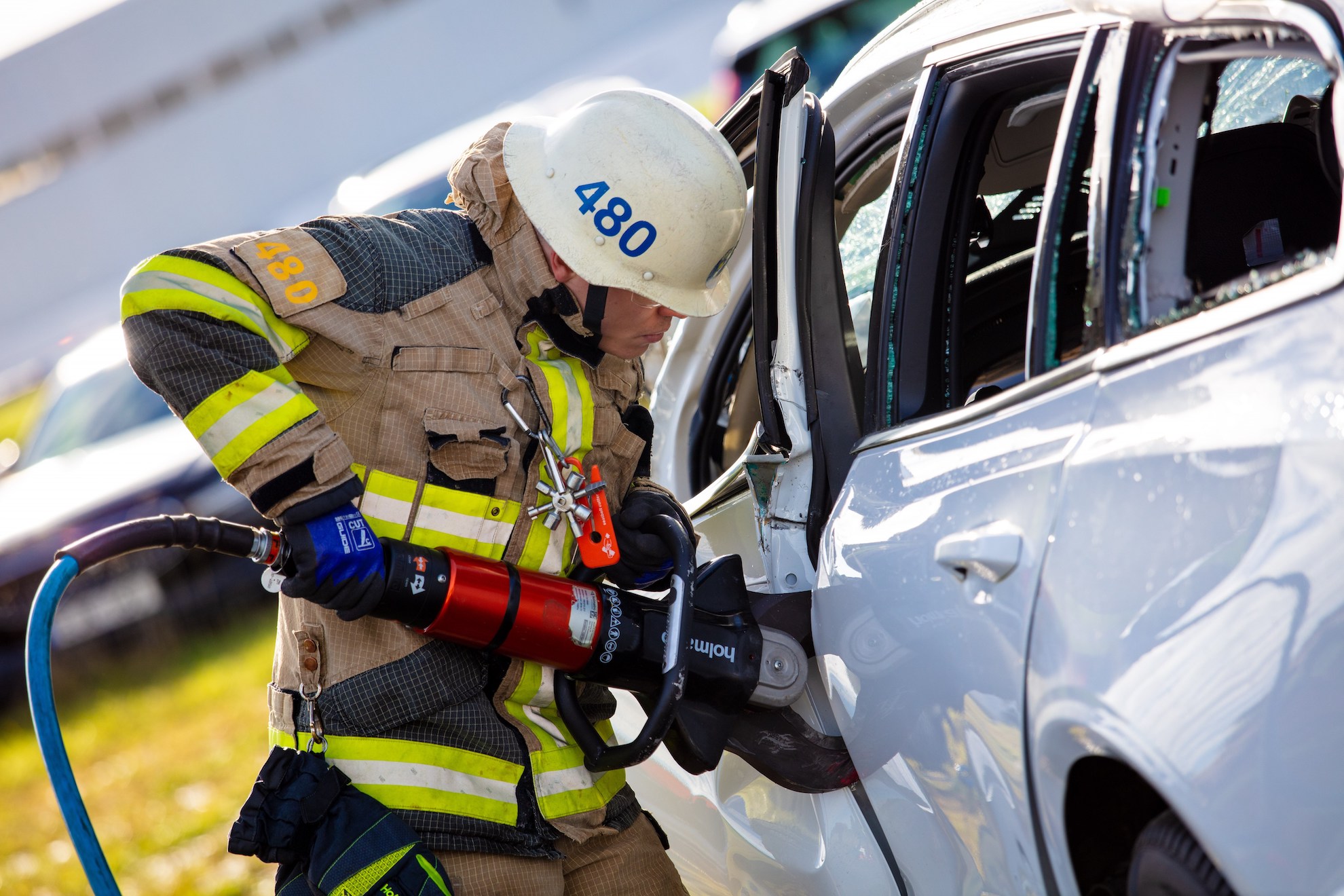It appears that Volvo will go through great lengths to save the lives of its customers. The length, this time around, refers to the height which a Volvo vehicle is suspended from the ground before letting gravity do its work.

However, unlike a particular British car show that had dropped many vehicles from above, Volvo’s endeavour isn’t for entertainment. Instead, this is done to help train rescue services to save lives. You see, dropping a Volvo from a height of 30 metres produces the unpredictability of a real-life crash that a simulated crash test can never do. The damage done to the cars is similar to what usually results from an extreme car crash. Such impacts typically result from a high-speed collision with a truck or getting t-boned because an unmannered driver decides to run the red light.

The standard practice is to bring our the ‘jaws of life’ hydraulic rescue tools to ‘tear open’ the vehicle so that the victim can be extracted and sent to the hospital. It all has to be done within one hour after the accidents if the victim has any chance of surviving.

All data from the crashes and the extraction will be compiled for research and shared with other rescue workers for no payment. This allows the rescues from around the world to take these findings and apply them in their own scenarios. Before this, rescue workers could only practise extraction from junked cars. More than not, these scrapped cars are old enough that the materials used in vehicles today are different.

Volvo sacrificed 10 different models for the exercise, dropping them several times from the crane. Volvo Cars safety engineers calculate the pressure and force each car needs to get the desired effect before a drop is made. And here we thought that Volvo just required to hoist a car up before dropping it. Not easy to save a life, eh?






